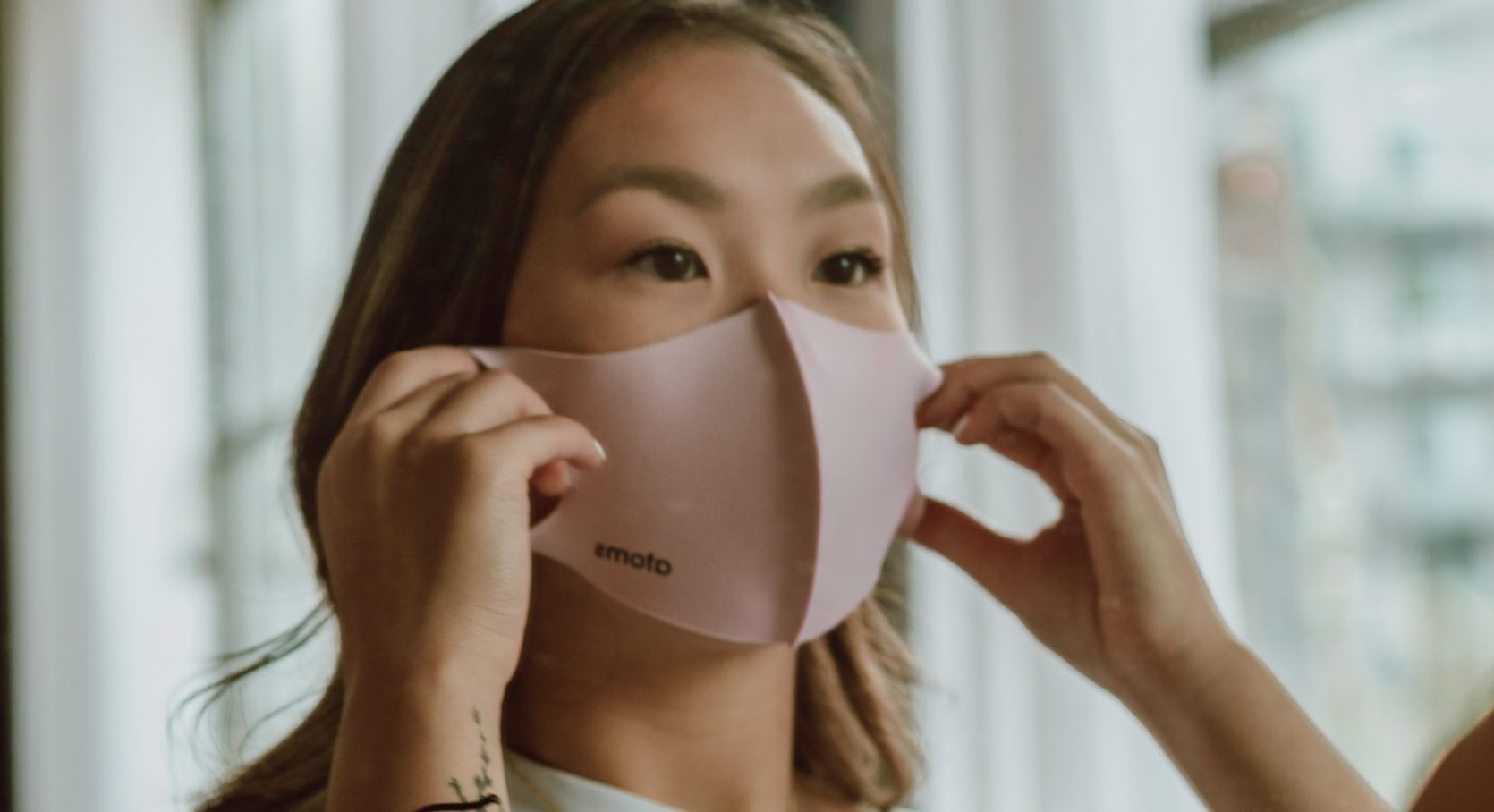Caring for Someone with COVID-19 at Home

A COVID-19 diagnosis can be overwhelming and scary, even if the person you are caring for is only experiencing mild symptoms. If someone you love has COVID-19 and can recover safely at home, there are steps you must take to prevent the spread of infection. There are also tips to help you recognize when emergency support is needed and to manage the stress that can come with delivering care during a pandemic.
These recommendations should also be followed if a loved one has tested positive for COVID-19 but are not showing any symptoms. Here’s what you need to know to protect yourself, other members of your household and people in your community:
Limit Your Contact
- Designate one healthy person to provide care.
- If you are an older adult, have a chronic medical condition, or are at a higher risk for severe illness from COVID-19, consider finding someone else to provide care.
- If possible, have the person who is sick stay in a separate bedroom and use a separate bathroom.
- Limit your time spent in the room with your loved one, keep six feet or two metres of distance between you as much as possible and only provide necessary care in close contact.
- Avoid touching your eyes, nose or mouth.
- Do not share any personal household items like towels or linens, dishes, utensils or electronics. · Open windows periodically to encourage air circulation, especially in shared spaces.
- Try to keep any household pets away from your loved one. This is still being researched, but there have been limited reports of transmission of COVID-19 to animals.
Protect Yourselves and Others
- When entering your loved one’s room, and especially if you are providing care within six feet or two metres of the ill person, wear personal protective equipment including a medical-grade mask, disposable gloves and eye protection (safety glasses, goggles, or face shield).
- If your loved one can accommodate a mask, put a mask on them as well.
- Wash your hands—with soap and water for at least 20 seconds or with an alcohol-based hand sanitizer (a minimum of 60% alcohol) if your hands aren’t visibly soiled—after any contact with your loved one and following protective equipment removal.
- Dry your hands with disposable paper towel rather than a shared towel.
- You and everyone in your household should wear a mask as often as possible.
Carefully Disinfect
- Clean high-touch areas with regular household cleaners/disinfectants at least once a day including: tables, doorknobs, handles, light switches, appliances, remotes, toilets, faucets and sinks.
- High-touch electronic devices should be disinfected daily with 70% alcohol such as alcohol prep wipes or specialty cleaning products made for electronics.
- If you are sharing a bathroom, disinfect after each use.
- Use plastic-lined, closed containers for all contaminated disposable items like masks and gloves and contaminated laundry including cloth face coverings.
- Never shake dirty laundry and always wash on the highest possible setting, drying well.
- You may wash the ill person’s laundry with other household laundry, but clean and disinfect hampers after use.
- Wear a mask and use disposable gloves during any cleaning or washing of items from the ill person’s environment.
- Wash dishes, cups or utensils used by the sick person with hot water and soap or in a dishwasher.
Follow Regulations
- Caregivers should stay home, away from others and monitor for symptoms while caring for the person who is sick.
- Self-isolate and monitor symptoms for 14 days after your last exposure to an individual with COVID-19.
- If you start to develop symptoms at any time, isolate yourself immediately and contact your public health unit and health care provider for instructions.
Know When to Get Help
Carefully monitor your loved one and call your medical provider if any symptoms are severe or concerning. Seek medical care immediately if the person with COVID-19 is experiencing:
- Trouble breathing
- Pain or pressure in the chest
- New confusion
- Bluish lips or face
- Inability to wake or stay awake
This list does not include all possible emergency symptoms. Call your medical provider if there are any other symptoms that are concerning you.
In an emergency, call 911 and let the operator know that the person who needs help has COVID-19. If you are going directly to your local emergency department call ahead so you can follow the necessary procedures at arrival.
Watch Your Stress Levels
Taking care of a loved one with COVID-19 can be very stressful as you worry about the person you are caring for, your own health, and the safety of people around you—while also dealing with isolation. To help you take care of yourself so you can continue to support others, make sure to:
- Eat well-balanced meals and drink lots of water.
- Get enough rest and physical activity.
- Stick to a daily routine with showers and getting dressed.
- Avoid alcohol or drug use.
- Ask for help from family and friends for groceries and supplies.
- Find enjoyable activities that you can do around your house.
- Touch base with people outside of your household by phone or video chat.
- Limit COVID-19 news updates, including on social media.
- Reach out to a professional if you’re feeling overwhelmed.
For more information:
You may also like:
